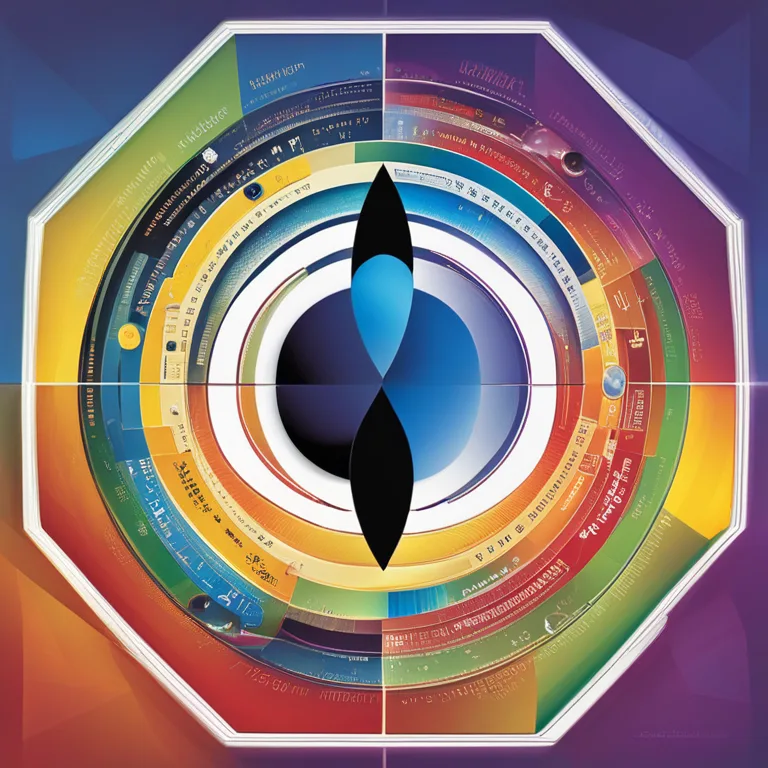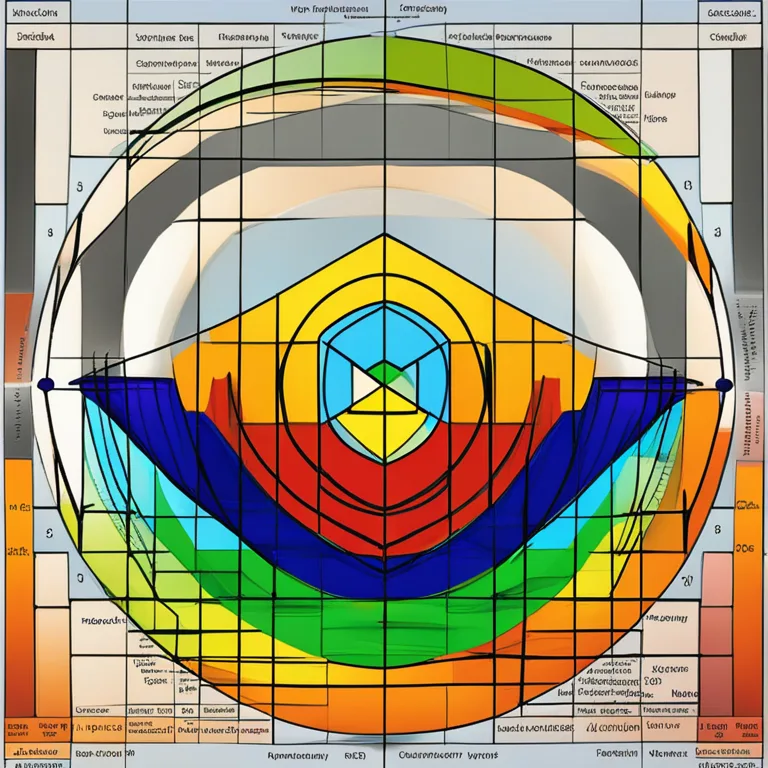
The Science of Biorhythms: Patterns of Life's Energies
Delve into the basics of biorhythms, a concept that charts the rhythmic biological cycles influencing our physical, emotional, and intellectual states.
article by Adrian Wallace
Introduction to Biorhythms
Biorhythms are a system theorized to predict various aspects of an individual's life through rhythmic biological cycles. It is said that from the moment of birth, humans embark on consistent and predictable cycles that affect their capabilities and moods. These rhythms are typically divided into three essential types: physical, emotional, and intellectual. Each of these cycles is believed to influence our performance, decision-making, and overall well-being. The idea, originating in the 19th century, has grown to become a subject of interest for both enthusiasts and skeptics alike.

Physical Biorhythm Cycle
The physical biorhythm cycle lasts for about 23 days and is considered to govern aspects of our physical strength, endurance, and vitality. It is thought that when the cycle is in its positive phase, one's physical abilities are heightened, recovery from ailments is quicker, and there’s a lower chance of physical injury. Conversely, during the negative phase, individuals might find themselves more prone to physical exhaustion and less coordinated. Understanding this pattern is particularly popular among athletes seeking to maximize their training schedules.

Emotional Biorhythm Cycle
Spanning a period of about 28 days, the emotional biorhythm cycle is said to regulate our moods, feelings, and overall emotional state. When the cycle is in a high phase, individuals may experience increased positivity, high spirits, and emotional stability. On the other hand, during the low swings of this cycle, one might feel more inclined to emotional distress, moodiness, or a lack of motivation. Concerted awareness of this cycle can be beneficial for managing relationships and personal well-being.

Intellectual Biorhythm Cycle
The intellectual cycle, taking approximately 33 days to complete one loop, revolves around mental abilities, analytical thinking, and memory. Advocates suggest that during the peak phases, our intellectual performance is at its best, making it an optimal time for solving complex problems and learning new skills. In the low phase, however, it might be harder to concentrate, process information, or perform mentally intensive tasks. Professionals and students often consult this cycle to plan intellectually demanding activities.

Testing Biorhythm Theories
Though the idea of biorhythms holds appeal for many, it remains largely classified as a pseudoscience by the scientific community due to a lack of empirical evidence and the challenge of replicating results in controlled studies. However, the advent of smart technology and bio-tracking wearables brings new possibilities for personalized data analytics, potentially revitalizing research in how cyclical patterns might influence human behavior and performance in the 21st century.
Biorhythms in the Modern World
The modern individual, keen on self-optimization, might turn to biorhythm calculators—often found in apps or websites—that purport to provide personalized diagrams and advice based on one's birth date. While these tools cater to those curious about the intersection of rhythms and personal development, it's important to approach the results as one part of a more complex human experience, complemented by proper health practices, emotional intelligence, and intellectual challenges.
Published: 12/28/2023
Modified: 12/28/2023
More predictions
Come back here soon to learn more about yourself and your future


Unlocking Biorhythm Calculations
Learn the ins and outs of measuring your biorhythms to align with your natural energy cycles for enhanced well-being and decision-making.


The Concept of Biorhythm Compatibility
Discover the concept of biorhythm compatibility and its role in personal relationships in this comprehensive guide.


The Core of Biorhythm Theory
Delve into the core of biorhythm theory, a concept that suggests our daily lives are influenced by natural physiological cycles.